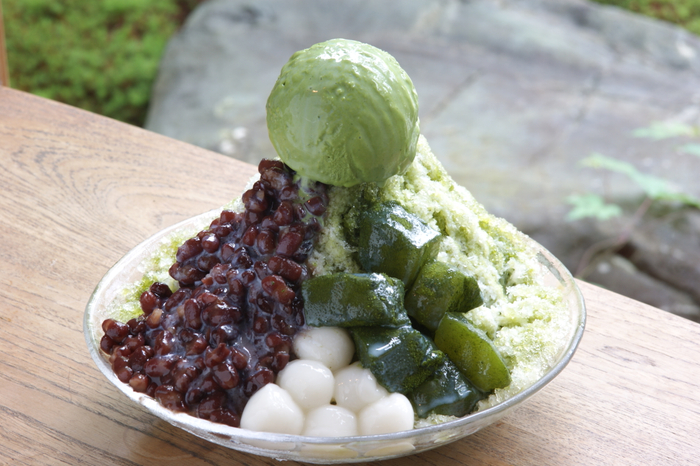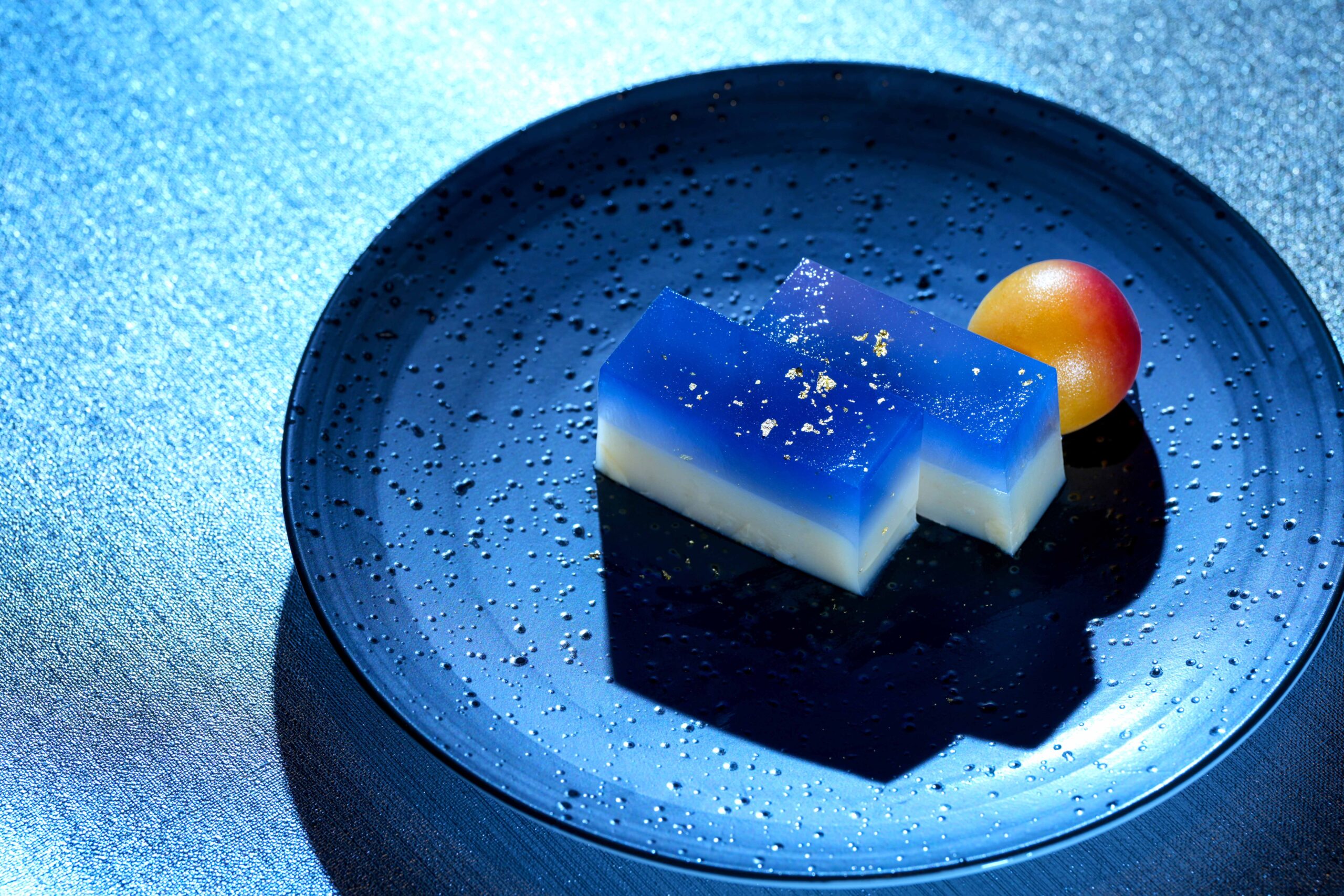■ "Restaurant & Cafe K-an", a renovated mansion of the founder over 200 years old
“Restaurant & Cafe K-an” offers Japanese food, Italian food, and sweets using real mirin and locally produced and locally consumed agricultural products under the concept of “dishes that express the potential of mirin as much as possible”. The interior of the restaurant is a hideaway for adults, and you can enjoy your meal while gazing at the colorful flowers and autumn leaves that bloom in the garden.

Restaurant & Cafe K-an

Restaurant & Cafe K-an Autumn
■ Why is it "intestinal activity" now?
With the epidemic of the new coronavirus and the growing health consciousness associated with the aging society, “immunity enhancement” is attracting attention these days. For that purpose, what can Kokonoe Mirin do from the aspect of food? After repeated studies, we have been focusing on “intestinal activity” in recent years.
■ Intestinal activity starting with meals
“Intestinal activity” improves the functions of the body necessary for living a healthy and prosperous life from the intestines, such as diet, beautiful skin, mental health, and measures against pre-illness by boosting immunity.
In order to keep the intestinal flora normal and to improve the intestinal environment, it is necessary to predominate the good bacteria over the bad bacteria. In addition to growing the good bacteria that already live in the intestines, it is said that consciously eating foods that contain a lot of good bacteria is also an effective method.
■ "Magowa Yasashii"
A well-balanced diet using ingredients familiar to Japanese people is said to be good for adjusting the intestinal environment.
● Ma: Beans (soybean products such as tofu, miso, and natto)
● Go: Sesame seeds (almonds, peanuts, etc.)
● Wakame (seaweed such as kelp and wakame seaweed)
● Ya: Vegetables (green-yellow vegetables, light-colored vegetables, root vegetables, etc.)
● Sa: Fish (salmon, horse mackerel, mackerel, etc.)
● Shiitake mushrooms (mushrooms such as shimeji mushrooms and maitake mushrooms)
● I: Potatoes (potatoes, sweet potatoes, and other potatoes)
■ What is K-an's "evolved form! Colored intestinal activity set"?
Based on the concept of “Magowa Yasashii”, we used plenty of ingredients that can be expected to boost immunity, and finished it as a set that can be beautiful from the inside of the body.
An “evolved form! Colorful intestinal activity set” devised by Chef Kuwahara, using seasonal ingredients for local production for local consumption.
【menu】
● Appetizer (9 dishes)
Flavors of panissa, sauteed mushrooms, Russian salad, caponata, tofu and seaweed corne, soaked greens, pickles, Bagna cauda, sweet potato red wine and mirin
● Main
Grilled white fish with almonds and carrot puree
● Soup
Miso soup with lots of ingredients
● Rice
Aichi rice “Aichi no Kaori” with black rice
● Pickles
Local vegetables pickled in mirin kasuzuke
● Tea and sweets
Nishio roasted green tea and small sweets
Evolved form! Colorful intestinal activity set
| Price: |
2,200 yen (tax included) |
| Offer period: |
November 1st (Sun) -November 29th (Sun), 2020
* 10 meals limited to 1 day
* Reservation required by phone by the day before |
> Restaurant & Cafe K-an Official Site
About "Kokonoe Mirin Co., Ltd."
Founded in 1772, it is now over 240 years old. A mirin maker with the oldest surviving “Mirin warehouse” in Japan. Hekinan City, Aichi Prefecture, is the birthplace of Mirin Mirin, and Kokonoe Mirin’s Okura is a nationally registered tangible cultural property.
The representative product, Hon Mirin “Kujirigento”, won the Honorary Award at the National Liquor Fair from the Taisho era to the Showa era. He won the Honor Award three times and won the highest “Honorary Award”. Only “Kuju Sakura” won this award. It is the only valuable “honor award”.











































